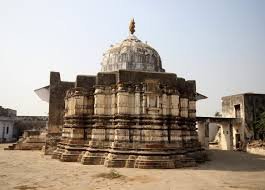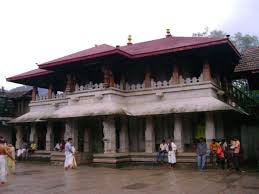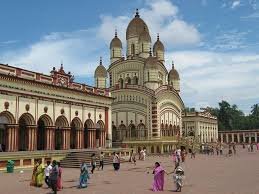The Varaha Temple in Pushkar stands as a significant landmark, both spiritually and architecturally. Dedicated to Lord Varaha, the third incarnation of Lord Vishnu in the form of a boar, this temple carries great religious importance for Hindus and attracts pilgrims from all corners of India and abroad. The serene environment, coupled with its historical value, makes the Varaha Temple a must-visit destination for devotees and tourists alike.
A Glimpse into the History
The Varaha Temple’s origins trace back to ancient times, with references found in various historical texts and scriptures. The temple is believed to have been originally built by the great king, Rana Kumbha, of Mewar in the 16th century. Although the exact date of its establishment remains unclear. Over the years, the temple has undergone renovations, but its grandeur and sanctity have remained intact. Pilgrims come from far and wide to visit the temple, seeking Lord Varaha’s blessings for prosperity, health, and spiritual upliftment.
The Mythological Significance of Lord Varaha
Lord Varaha is the third of the ten principal avatars (incarnations) of Lord Vishnu, the preserver and protector of the universe in Hinduism. The mythological story of Lord Varaha is recounted in the Bhagavata Purana. Where Lord Vishnu takes the form of a boar to rescue the Earth (personified as the goddess Bhudevi) from the depths of the cosmic ocean.
Architectural Beauty of the Temple
The architecture of the Varaha Temple is a blend of traditional Rajasthani and Hindu temple styles. The temple features intricate carvings, elaborate columns, and a beautifully adorned entrance. The stone carvings depict scenes from Lord Vishnu’s various avatars and other sacred elements from Hindu mythology.
The temple’s sanctum sanctorum, or the inner shrine. Houses the majestic idol of Lord Varaha in the form of a boar. Exuding a divine aura that captivates the hearts of all who enter the temple. The boar’s figure is symbolic of Lord Vishnu’s strength, protection, and cosmic role in preserving the universe.
Serene Atmosphere and Spiritual Experience
The tranquility of the surroundings enhances the spiritual experience, offering an opportunity for meditation, prayer, and introspection. The scent of incense fills the air as devotees light lamps and perform rituals in reverence to Lord Varaha. The atmosphere exudes a sense of purity, serenity, and devotion that envelops all who step inside.
The temple’s sacred pond, located near the entrance, is another notable feature. Pilgrims often take a holy dip in the water. And believing it cleanses the body and soul, preparing them for a deeper connection with the divine.
The Role of the Temple in Pushkar’s Religious Landscape
Pushkar is renowned for being home to several significant temples, and the Varaha Temple plays a crucial role in the religious landscape of the town. Located near the famous Pushkar Lake, the temple is part of the group of temples that are visited during the annual Pushkar Fair.
The temple also holds a special place in the hearts of pilgrims who visit Pushkar for the sacred purpose of worshiping Lord Brahma, the creator of the universe.
Rituals and Festivals at the Varaha Temple
Several rituals are performed daily at the Varaha Temple, each designed to appease Lord Varaha and seek his blessings. The aarti (devotional songs) and the offering of fruits, flowers, and sacred water are common practices followed by devotees. These rituals are often accompanied by the ringing of bells, the chanting of mantras, and the lighting of lamps, creating an atmosphere of devotion and reverence.
In addition to daily rituals, the Varaha Temple is a key site for celebrations during festivals like Diwali, Holi, . And especially the Pushkar Fair. During the fair, thousands of devotees gather for prayers, ceremonies, and processions. The fair is a vibrant time in Pushkar, with the temple being one of the central points for religious activities.
How to Reach Varaha Temple
The Varaha Temple is easily accessible from the main market area of Pushkar, located about 2 kilometers from the Pushkar Lake. Visitors can take a short walk or hire a rickshaw to reach the temple. The town of Pushkar is well-connected by road, and visitors can also travel by bus or taxi from major cities like Jaipur, which is around 150 kilometers away.
For those traveling by train, the nearest railway station is Ajmer, located about 15 kilometers from Pushkar. And making it an ideal starting point for your journey to the Varaha Temple.
Conclusion
The Varaha Temple in Pushkar is not just a place of worship; it is a spiritual haven for those seeking connection with the divine. Its deep mythological significance. And combined with its architectural beauty and serene atmosphere, makes it a must-visit destination for pilgrims and travelers alike. Whether you are visiting to seek blessings, enjoy the natural beauty of Pushkar. Or experience the rich culture of Rajasthan, the Varaha Temple offers a memorable and enriching experience that will stay with you long after your visit.





